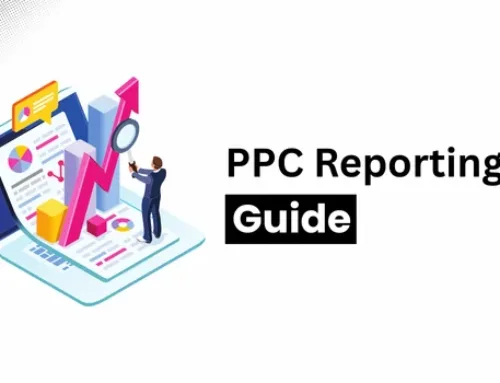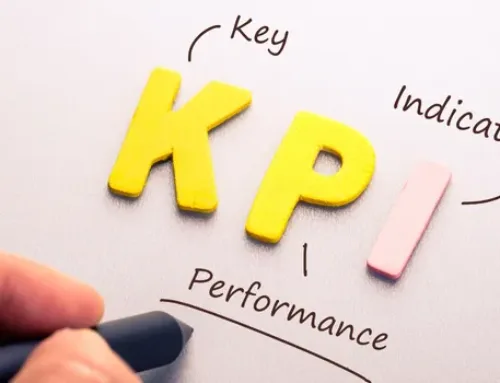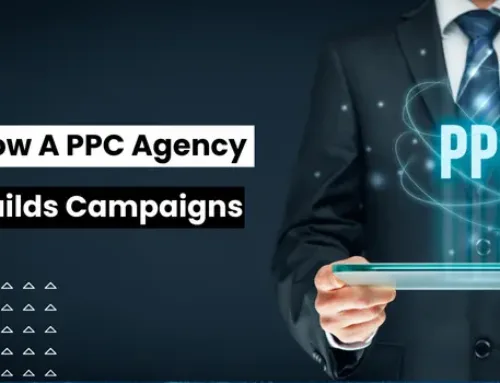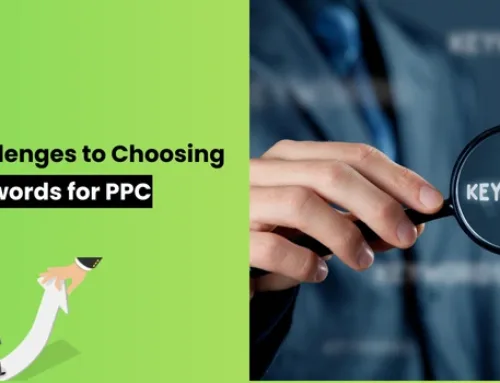Have you ever searched for a brand online and noticed that another company’s ad popped up first?
That’s not a coincidence; it’s a strategy called Competitor Brand Bidding. Many businesses use it as part of their PPC campaigns to get in front of customers already searching for products or services similar to theirs.
Whether you’re just exploring the idea or planning your next campaign, this article will give you a clear path forward.
What is Competitor Brand Bidding?
Competitor brand bidding is a paid search tactic where you target keywords that include your competitors’ brand names.
For example, if someone searches for “Nike running shoes,” Adidas might bid on that keyword so their ad appears alongside or even above Nike’s.
It sounds straightforward, but there are a few key concepts you need to understand before diving in:
Cost-Per-Click (CPC):
When you bid on competitor brand names, the cost per click is usually higher than average. Why? Because your ad isn’t directly tied to the brand keyword you’re bidding on. Search engines like Google view it as less relevant, which means you need to pay more to secure a top spot.
Click-Through Rate (CTR):
CTR is the percentage of people who see your ad and actually click it. When bidding on competitor brand terms, CTR often drops compared to your own branded keywords. Many people searching for “Nike” are loyal to Nike, and they may skip over your ad.
Quality Score:
Google assigns each ad a Quality Score, which measures how relevant and useful your ad is to the searcher. Since competitor brand keywords don’t perfectly match your business, your Quality Score might be lower. A lower score means higher CPCs and fewer chances for your ad to appear in top positions.
Bidding War:
Once one company starts competitor brand bidding, it often sparks a chain reaction. If you’re bidding on your competitor’s name, they may start bidding on yours. This can quickly escalate into a bidding war where CPCs rise for both sides.
What We Should Consider Before Proceeding with Bidding on Competitor Brand?
Before you jump into competitor brand bidding, it’s important to pause and think through the bigger picture. This strategy can work well, but it’s not always the right fit for every business.
Here are three major things you should carefully weigh before getting started:
Your Budget
Competitor brand bidding almost always costs more than bidding on your own brand or generic keywords. Since your ads aren’t the “most relevant” in Google’s eyes, you’ll likely pay a higher Cost-Per-Click (CPC). That means your budget could run out faster if you don’t plan wisely.
For example, imagine you usually pay $2 per click on your own brand terms. Once you start bidding on competitor names, that same click might cost $5 or more. If you don’t account for this, your campaign may eat through your budget without delivering a strong return.
Your Competitors
Not every competitor is worth targeting. You’ll want to look closely at which brands actually share your audience and compete directly with your product or service.
If you sell high-end products, it may not make sense to bid on the name of a bargain brand. On the other hand, targeting a competitor with a similar customer base can give you a real chance to attract people who might be willing to switch.
Ask yourself: Would their customers realistically consider choosing us instead? If the answer is no, those clicks will just drain your spend without payoff.
Potential Risks
Competitor brand bidding isn’t without its downsides. Here are a few risks to consider:
- Retaliation: If you start bidding on your competitor’s name, they may return the favor and target your brand. This can spark a bidding war that raises CPCs for both of you.
- Legal Concerns: While it’s generally legal to bid on competitor names, you cannot use their trademark in your ad copy. Doing so could trigger complaints or even legal action.
- Lower Conversions: People searching for a competitor might click on your ad out of curiosity, but many of them are already loyal to that brand. This means fewer conversions compared to campaigns targeting your own keywords.
Why Consider Bidding on Competitor Brand Names?
At first glance, Competitor Brand Bidding might sound like picking a fight you don’t need. But when done carefully, it can actually become a smart way to get noticed by customers who are ready to buy. Here’s why many businesses consider this approach:
Increased Brand Visibility:
Think of competitor brand bidding as setting up a billboard right outside your competitor’s store. Customers already headed their way now see your message too. Even if they don’t click right away, they start to recognize your name, which can help in the long run.
Targeting High-Intent Users:
When someone types in a competitor’s brand name, they’re not casually browsing; they’re actively looking for a product or service. These are high-intent users, which means they’re closer to making a decision. By placing your ad in front of them, you give them a chance to pause and consider you as an alternative.
Competition Share:
Competitor brand bidding helps you claim a slice of the attention that would otherwise go entirely to your competitor. Even if you don’t win every click, your ad reminds potential customers that they have choices. Over time, this can help you increase market share and position your business as a strong alternative.
What Are the Drawbacks and Risks?
As powerful as Competitor Brand Bidding can be, it’s not without its pitfalls. Before diving in, it’s important to understand the possible downsides:
High CPCs:
You’ll likely pay more per click than you would with your own branded keywords. That’s because your ad isn’t considered relevant by search engines. For smaller budgets, these costs can add up quickly.
Lower Conversion Rates:
People searching for a competitor are often loyal to that brand. They may click on your ad out of curiosity but still end up buying from the brand they originally searched for. This means your conversion rate might not match your usual campaigns.
Potential Bidding Wars:
If you start bidding on a competitor’s name, don’t be surprised if they notice and begin bidding on yours. Suddenly, you’re both paying more for clicks, eating into ROI, and reducing profitability.
Brand Perception Risks:
Some customers see competitor brand bidding as too aggressive. If not handled carefully, it can make your brand seem pushy rather than helpful.
Legal Concerns:
It’s important to note that while bidding on competitor brand names is usually allowed, using a competitor’s trademark in your actual ad copy is not. That could result in your ads being disapproved or, worse, legal action.
How to Develop an Effective Competitor Bidding Strategy?
If you decide Competitor Brand Bidding is worth testing, the key is to build a strategy that makes the most of your investment. Here’s how to get started:
Research the Right Competitors
Not every competitor is worth targeting. Look for those with similar audiences and offerings. A good starting point is to analyze which competitors’ customers are most likely to switch to you if given the chance.
Craft Compelling Ad Copy
Since you can’t use a competitor’s name in your ad text, focus on what makes your brand stand out. Highlight benefits like better pricing, unique features, or stronger customer support. Make sure the ad gives people a clear reason to click.
Optimize Your Landing Pages
If someone clicks your ad, don’t send them to a generic page. Direct them to a landing page that immediately answers their needs. For example, if they searched for “Nike running shoes,” and you’re Adidas, your landing page should showcase your best running shoes, not a homepage full of unrelated content.
Track Performance and Adjust
Monitor metrics like CTR, CPC, and conversion rate closely. If clicks are too expensive or conversions too low, you’ll need to adjust your bidding or targeting. Small tweaks can make a big difference in ROI.
Consider Choosing a PPC Agency
Competitor brand bidding can get tricky fast, especially with costs, bidding wars, and compliance. A PPC Agency has the expertise to design, test, and optimize campaigns so you don’t waste money. They can also help you scale strategies if you find something that works.
Conclusion
Competitor Brand Bidding can be a smart way to reach high-intent users and boost visibility against tough competitors. It lets you step in front of customers already considering a similar product or service and show them why you’re worth a look.
But it’s not without challenges; higher CPCs, lower Quality Scores, and even bidding wars can make this strategy costly if you’re unprepared. That’s why it’s important to weigh your budget, study your competitors, and test carefully before going all in.
If you want to reduce risks and get better results, working with a skilled PPC Agency can help you build and manage campaigns that actually deliver. With the right balance, competitor brand bidding can become a valuable part of your PPC strategy instead of just an experiment.




